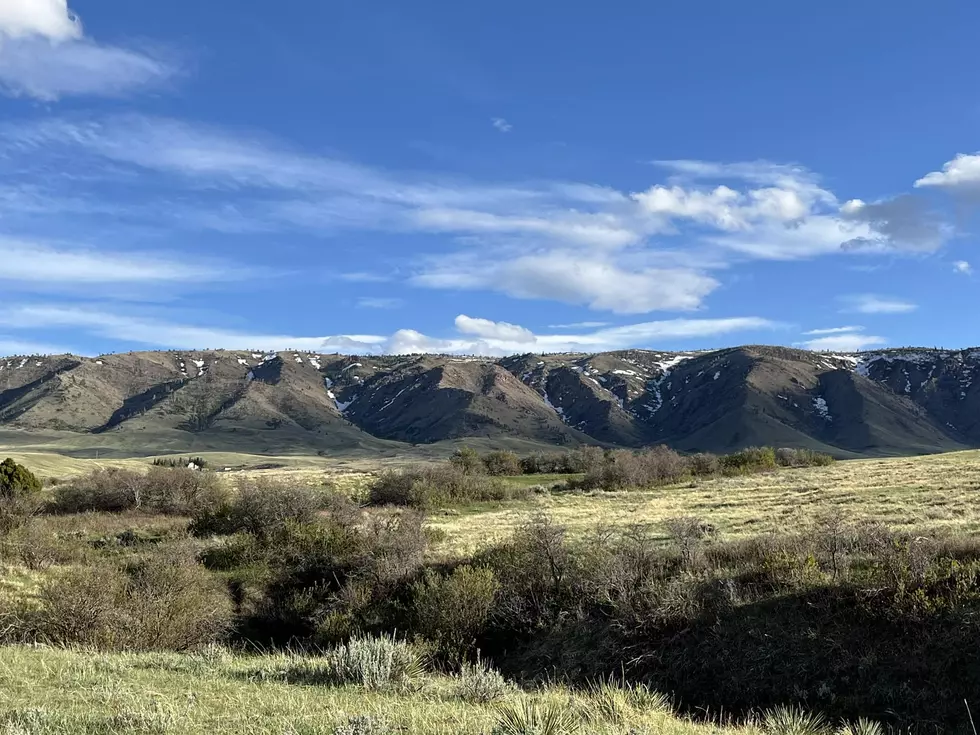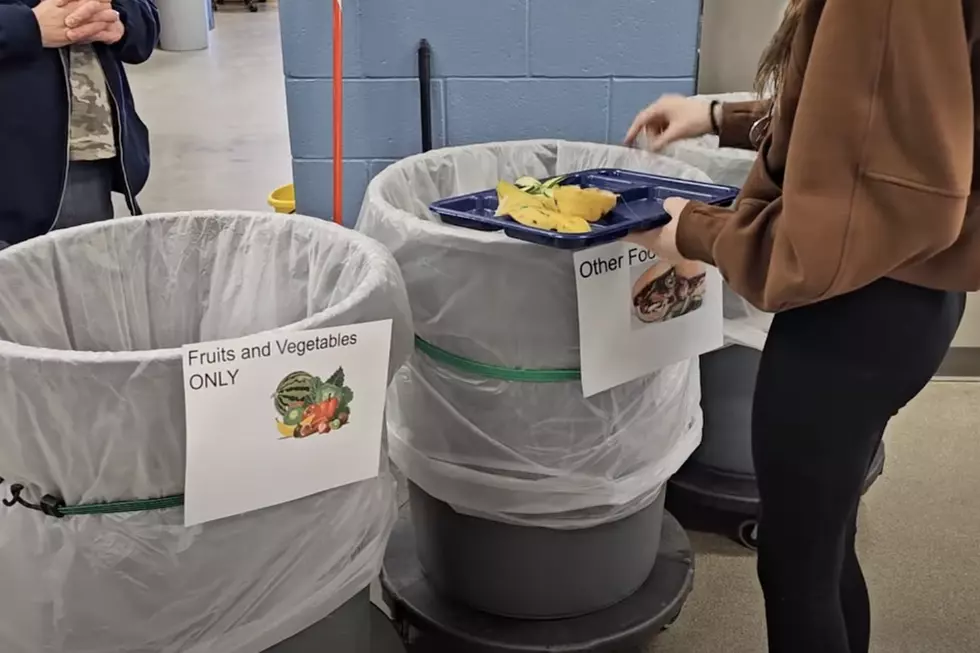
VIDEO: Midwest Hit with Severe Hail Storm Yesterday
The National Weather Service shared a video taken yesterday, June 29, after severe hail hit the town of Midwest.
Strong rising currents of air called updrafts carry water droplets high into the upper reaches of thunderstorms where they freeze.
These frozen water droplets fall back toward the earth in descending currents called downdrafts.
In their descent, these frozen droplets bump into and coalesce with unfrozen water droplets.
Trapped within turbulent updraft/downdraft airflow, these hail embryos can be carried back up within the storm to refreeze and become larger.
This cycle may repeat itself several times until hailstones are formed and eventually become too heavy for the updraft to support their weight. Then they make their final descent to the earth's surface.
Storms that produce hailstones the size of dimes or larger can result in dents on cars, damage to roofs, break windows, and perhaps cause casualties.
Large hailstones can fall at speeds faster than 100 mph.
Severe thunderstorms producing large hail cause nearly one billion dollars in damage to property and crops annually.
In fact, a single severe thunderstorm caused nearly 15 million dollars worth of damage in Lake Wales, Florida on March 30, 1996 from hailstones the size of softballs.
GOAT Snowstorm in Casper - April 3-4, 2023.
More From K2 Radio






